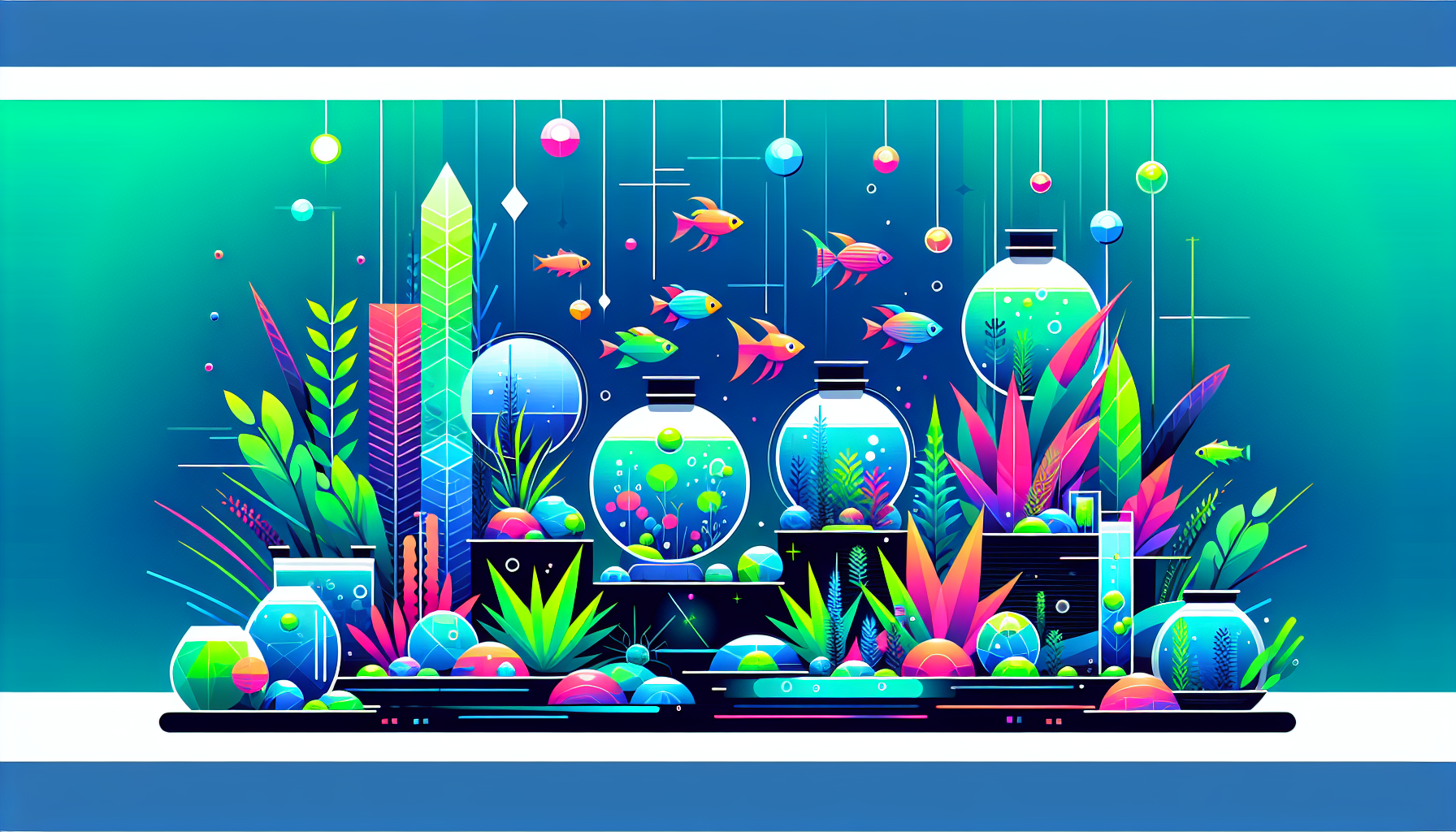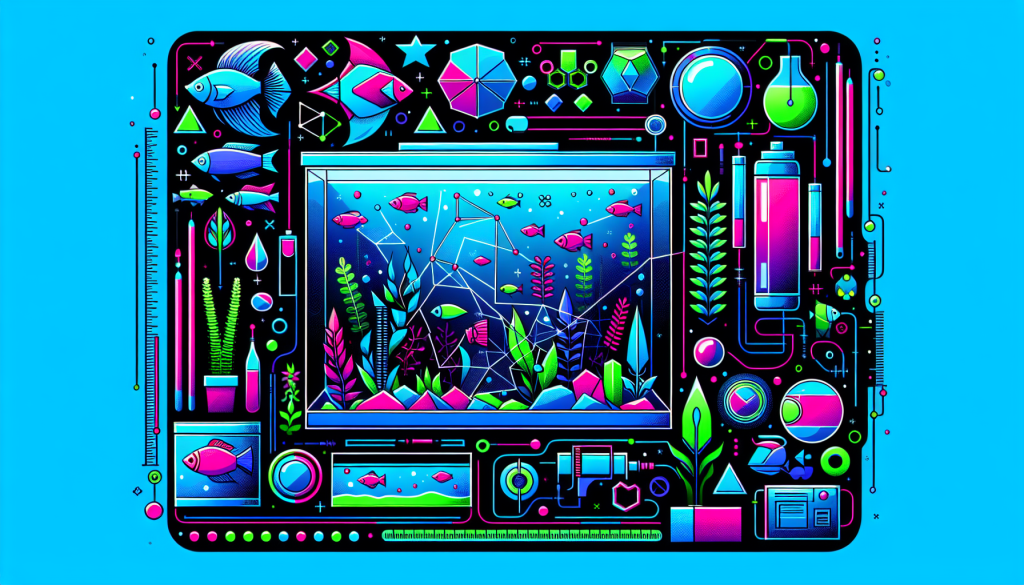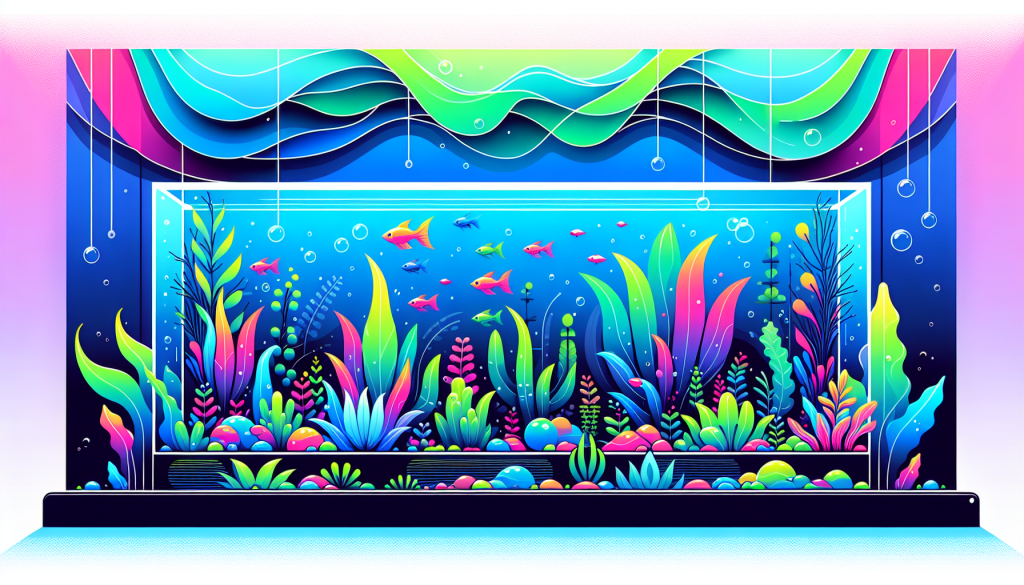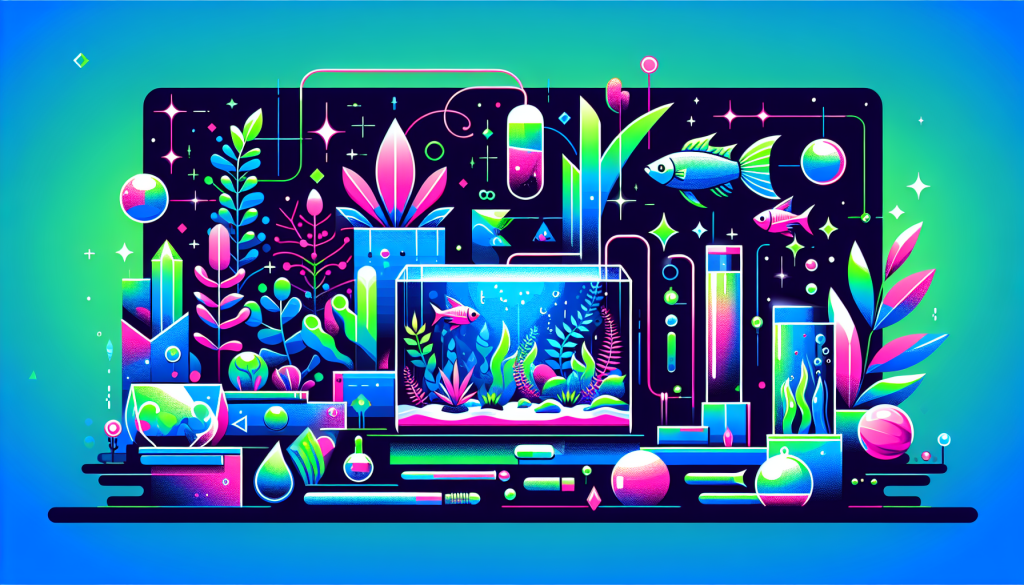The Beginner’s Guide to Aquascaping: Everything You Need to Know to Start Your First Aquascape
Dreaming of a beautiful underwater world in your own home? Aquascaping opens up a creative hobby that’s both relaxing and breathtaking. In this essential beginner’s guide to aquascaping, you’ll learn everything you need to know to start your first aquascaped aquarium—from tools and plant choices to design tips and ongoing care. Whether you’re a freshwater fishkeeper or new to the planted tank hobby, this comprehensive introduction will set you up for success.
What is Aquascaping?
Aquascaping is the art of arranging aquatic plants, stones, driftwood, and other natural elements to create stunning landscapes, often inside an aquarium. Far more than simple “aquarium keeping,” aquascaping blends gardening, design, and fishkeeping to create living works of art beneath the water’s surface. Aquascape styles range from lush jungle tanks to minimalist Iwagumi layouts inspired by Japanese gardens. The possibilities are endless!
Why Start Aquascaping?
- Creative Expression: Build your own underwater world.
- Stress Relief: Aquariums are proven to lower stress.
- Nature Indoors: Bring a slice of the wild into your living space.
- Thriving Ecosystem: Support both plants and aquatic animals.
Curious about types of aquascapes? See our guide to popular aquascaping styles for inspiration.
Essential Tools & Equipment for Aquascaping
Having the right aquascaping tools and aquarium equipment from the start can make your journey much smoother. Here’s what you need to get going:
Basic Tools
- Aquarium-safe plant tweezers and scissors
- Hardscape materials (rocks, driftwood, etc.)
- Aquarium substrate (nutrient-rich for plants)
- Water conditioner and test kits
- Algae scraper or magnetic cleaner
Equipment Checklist
- Tank (nano tanks are great for beginners!)
- LED aquarium light (plants need light to grow)
- Heater (for tropical setups)
- Filter (keeps water crystal-clear)
- CO2 system (optional for advanced plant growth)
Need more details? Check out our best aquascaping tools for beginners article for expert reviews.
Choosing Your Aquascaping Plants & Animals
Start with easy beginner plants and compatible aquatic creatures to enjoy a lush green tank with minimal hassle.
Top Aquascaping Plants for Beginners
- Anubias nana: Hardy, low-light, and slow-growing.
- Java fern: Doesn’t require burying in substrate.
- Cryptocoryne wendtii: Adaptable and attractive foliage.
- Vallisneria: Adds height and movement to the scape.
- Mosses (Java moss, Christmas moss): Easily attached to wood or rocks.
Fish and Invertebrates to Consider
- Neon tetras
- Otocinclus catfish
- Cherry shrimp
- Snails (Nerite, Mystery snails)
Choose peaceful species that won’t disturb delicate plants or uproot your layout. For more inspiration, read our article on best beginner aquascaping plants.
How to Set Up Your First Aquascape: Step-by-Step
Now that you’ve gathered your tools and planned your plants, let’s walk through your first aquascaping project!
1. Plan Your Design
Sketch your desired layout or gather photo inspiration. Decide on a style, whether it’s a lush Nature Aquarium or a symmetric Iwagumi.
2. Prepare the Substrate
Add a layer of nutrient-rich substrate, sloping from back (higher) to front (lower) for depth. Rinse the gravel before adding to prevent cloudiness.
3. Place Hardscape Elements
Arrange rocks and driftwood according to your plan. Odd numbers and asymmetry usually look more natural—try placing your main “feature” off-center (the rule of thirds works great!). Anchor hardscape firmly in the substrate.
4. Plant Your Aquarium
Use tweezers to plant foreground and midground species first, working from background to front. Mist plants with water frequently to keep them moist if you’re planting before flooding the tank.
5. Fill the Tank Slowly
Fill with dechlorinated water gently (use a plate or plastic bag to prevent substrate disturbance). Install your filter, heater, and lighting.
6. Cycle the Aquarium
Let your tank run for several weeks without fish to establish beneficial bacteria (the aquarium nitrogen cycle). Test water for ammonia, nitrite, and nitrate before adding animals.
7. Stock Your Aquarium
Add fish and invertebrates slowly over a few weeks so your ecosystem stays balanced and healthy.
Beginner Aquascaping Tips for Success
- Stay patient—plants take time to grow in and fill out your layout
- Photograph your progress—learning from each attempt is part of the hobby
- Perform regular water changes (at least 25% weekly)
- Use easy aquarium fertilizers for healthy, vibrant plants
- Trim and prune plants regularly to maintain your dream scape
For more aquascaping inspiration and tips, visit our aquascaping blog section.
Common Beginner Mistakes in Aquascaping
- Overcrowding plants or hardscape materials
- Skipping the cycling process
- Introducing too many fish too quickly
- Inadequate lighting for chosen plants
- Neglecting regular maintenance
Ready to Dive Into Aquascaping?
Aquascaping is a rewarding hobby for anyone who loves nature, creativity, and aquatic life. By starting with the right tools, plants, and tank setup, you’ll soon have a flourishing aquarium landscape you can be proud of. Don’t forget to check out our aquascaping resources and join our community forum for ongoing tips, troubleshooting, and inspiration.
Start your aquascaping journey today—your perfect underwater world is waiting!



